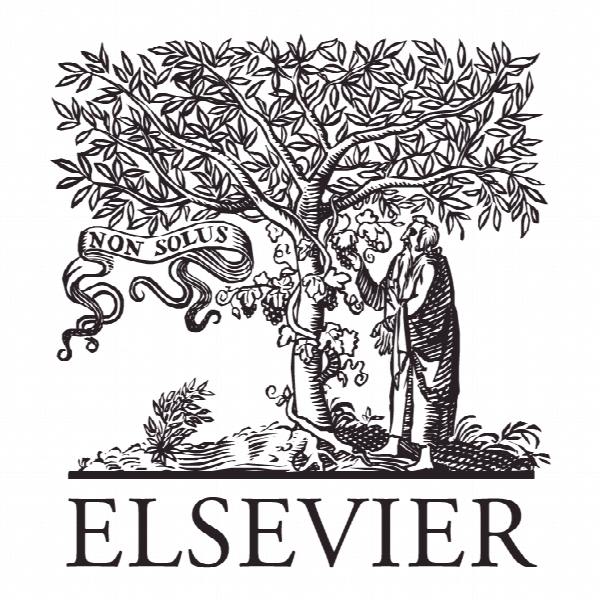بررسی ویژگی های ریسک سطح وام گیرنده از وام آموزش و پرورش در هند Studying borrower level risk characteristics of education loan in India
- نوع فایل : کتاب
- زبان : انگلیسی
- ناشر : Elsevier
- چاپ و سال / کشور: 2017
توضیحات
رشته های مرتبط مدیریت
گرایش های مرتبط مدیریت مالی
مجله نقد و بررسی مدیریت – IIMB Management Review
دانشگاه موسسه ملی مدیریت بانک (NIBM)، هند
نشریه نشریه الزویر
گرایش های مرتبط مدیریت مالی
مجله نقد و بررسی مدیریت – IIMB Management Review
دانشگاه موسسه ملی مدیریت بانک (NIBM)، هند
نشریه نشریه الزویر
Description
Introduction Bank credit has an important role in promoting the education and development of skilled professionals required by an emerging market economy such as India. Banks in India provide education loans in the form of term loans. The loans are meant for funding diploma, graduation, and medical (MBBS) studies, post-graduation including technical (Engineering, Computer Science, etc.) and professional courses (Master of Business Administration or MBA, Hotel Management, Aviation, etc.) offered in India and abroad and recognised by the university/ government/autonomous institutions such as the Indian Institutes of Technology (IITs) and the Indian Institutes of Management (IIMs). The traditional education loan scheme can provide financial assistance of Rs 1 million for pursuing higher education in India. Similarly, an applicant can get up to Rs 2 million for studies abroad. The interest rate is around 13%, depending upon the amount of the loan. A concession is provided to girl students and also to economically poor students through a central government subsidy scheme. There are no processing fees. Repayment commences one year after completion of the course or six months after securing a job, whichever is earlier. The maturity period of the loan for studies in India (up to Rs 1 million) and studies abroad (Rs 2 million) is 5–7 years. Generally, no security is required for loans up to Rs 400 000. But for loan amounts ranging from Rs 400 000 to Rs 750 000, banks may seek third party guarantee. For loans above Rs 750 000, tangible collateral security of suitable value, along with the assignment of the future income of the student for payment of instalments, is required. The loans for vocational courses are unsecured loans generally in the range of Rs 20 000 to Rs 150 000 for those pursuing courses that have a tenure ranging from 2 to 3 months to 3 years. The moratorium period ranges from six months to one year. The level of credit risk in education loans has been very high in India in recent years. The system level gross nonperforming assets for education loans is around 6% in comparison to 2.6% for its overall retail portfolio during the year 2012–2013. As a result, there has been a sharp decline in the growth rate of education loans in scheduled commercial banks (SCBs) in recent years. Banks are also seeking credit guarantee protection from the government. The major causes of default of loans are: Idiosyncratic borrower specific problems: The borrower specific risk arises due to reasons such as repayment problem, collateral risk, academic failure, drop out, personal problems, financial problems (hence lesser capacity to pay), and so on. The rise in the number of institutions also increases employability risk due to an increase in the supply of students. Institutional characteristics or reputation and course category can also determine the employment opportunity.


